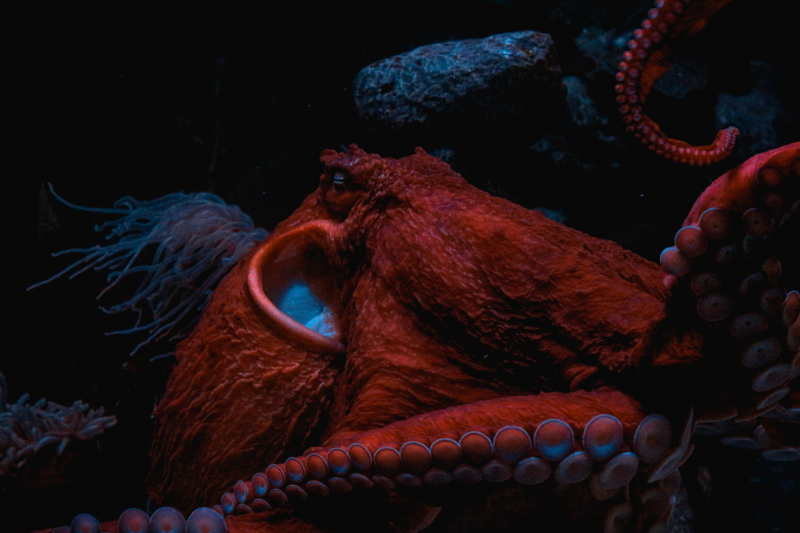CRISPR edits DNA outside cells for the first time. Scientists have developed a potentially breakthrough CRISPR gene-editing tool. It could allow researchers to take fragments of DNA extracted from human cells, put them into a test tube, and quickly and precisely engineer multiple changes to the genetic code. The advance could have immediate value as a diagnostic tool, replicating the exact genetic mutations found in the tumors of individual cancer patients.
AI makes road maps from aerial images. Gaps in maps are a problem, particularly for systems being developed for self-driving cars. To address the issue, researchers from MIT's Computer Science and Artificial Intelligence Laboratory (CSAIL) have created RoadTracer, an automated method to build road maps that's 45 percent more accurate than existing approaches. It’s particular well-suited for well-suited to map areas of the world where maps are frequently out of date, which includes both places with lower population and areas where there's frequent construction.
New tool to speed up wearable tech design. The technology is centered on materials that become electrically charged after they come into contact with each other, known as 'triboelectric materials' - for example, a comb through hair can create an electrical charge. 'Triboelectric Nanogenerators (TENGs)' use this static charge to harvest energy from movement through a process called electrostatic induction. Over the years, a variety of TENGs have been designed which can convert almost any type of movement into electricity. The University of Surrey's tool gives manufacturers an accurate understanding of the output power their design would create once produced.
Regulation of digital remains? From live-streaming funerals to online memorial pages and even chat-bots that use people's social media footprints' to act as online ghosts, the digital afterlife industry (DAI) has become big business. To date, there has been little effort to build frameworks that ensure ethical usage of digital remains for commercial purposes. However, new research from the Oxford Internet Institute (OII) suggests that the guidelines used to manage human remains in archaeological exhibitions could be used as a framework to regulate the growing industry and make the commercial use of digital remains more ethical.
Giant group of octopus moms discovered in deep sea. Deep-sea expeditions and drones have revealed a giant group of octopuses and their eggs in a place where they shouldn't be able to survive. The octopuses were an unknown species of the genus Muusoctopus--pink, dinner-plate-sized creatures with enormous eyes. Up to a hundred of them seemed to occupy every available rock in a small area. That in itself was strange--Muuscoctopus are normally loners. Stranger still was that nearly all of the octopuses seemed to be mothers, each guarding a clutch of eggs. And this nursery was situated alongside the warm fluid issuing from the cracks in the outcrop.




